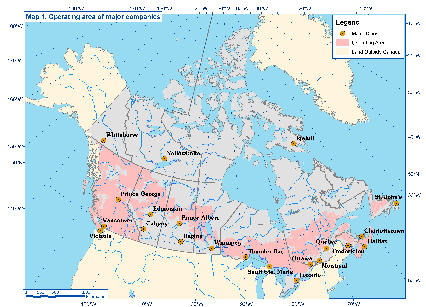55% of Species in Audubon Report are Major Boreal Breeders

Evening Grosbeak
Image © D. Faucher for Ducks Unlimited Canada
A few months back Audubon's Greg Butcher had mentioned to me that some analyses of Christmas Bird Count and Breeding Bird Survey were showing declines in a number of Boreal birds.
So I shouldn't have been surprised.
But last Friday when Audubon released a report documenting major declines in 20 common birds of North America, I WAS surprised to find that more than half were major Boreal breeders. In fact, 10 of the 20 species rely on the Boreal to support at least 20% of their total breeding population!
-
THE 11 SPECIES (55%) IN THE AUDUBON REPORT IN WHICH 10% OR MORE OF BREEDING POPULATION OCCURS IN BOREAL
Evening Grosbeak (78% decline) - 45% of population breeds in Boreal
Northern Pintail (77% decline) - 48% of population breeds in Boreal
Greater Scaup (75% decline) - 55% of population breeds in Boreal
Boreal Chickadee (73% decline) - 88% of population breeds in Boreal
Common Tern (71% decline) - 74% of population breeds in Boreal
American Bittern (59% decline) - 48% of population breeds in Boreal
Ruffed Grouse (54% decline) - 51% of population breeds in Boreal
Rufous Hummingbird (58% decline) - 11% of population breeds in Boreal
Horned Lark (56% decline) - 23% of population breeds in Boreal
Common Grackle (61% decline) - 21% of population breeds in Boreal
Snow Bunting (64% decline) - 22% of population breeds in Boreal
While certainly there are a variety of factors at work here to account for these rather drastic declines, I found it interesting to compare a map like the one below which shows the operating areas of major forest industry companies to a breeding range map for a species like the Evening Grosbeak (open up a field guide and try it yourself). Many of you may remember how 20-50 years ago most backyard bird feeding stations in the northeastern U.S. would be crawling with large flocks of Evening Grosbeaks in the winter. People used to sometimes even complain about how the Evening Grosbeaks would be eating so much sunflower seed that they were going broke just trying to keep the feeders filled. You don't hear stories like that much anymore.
And I couldn't help but notice the wetland-dependent species on the list like Northern Pintail, Greater Scaup, Common Tern, and American Bittern (add to this the rapidly declining scoters and Rusty Blackbird). How much can we attribute the global-warming induced drying of wetlands in the Boreal, especially the western Boreal, to their declines?
 |
Pink shows operating areas of major forest industry companies in Canada. Map copyright Global Forest Watch Canada 2003

